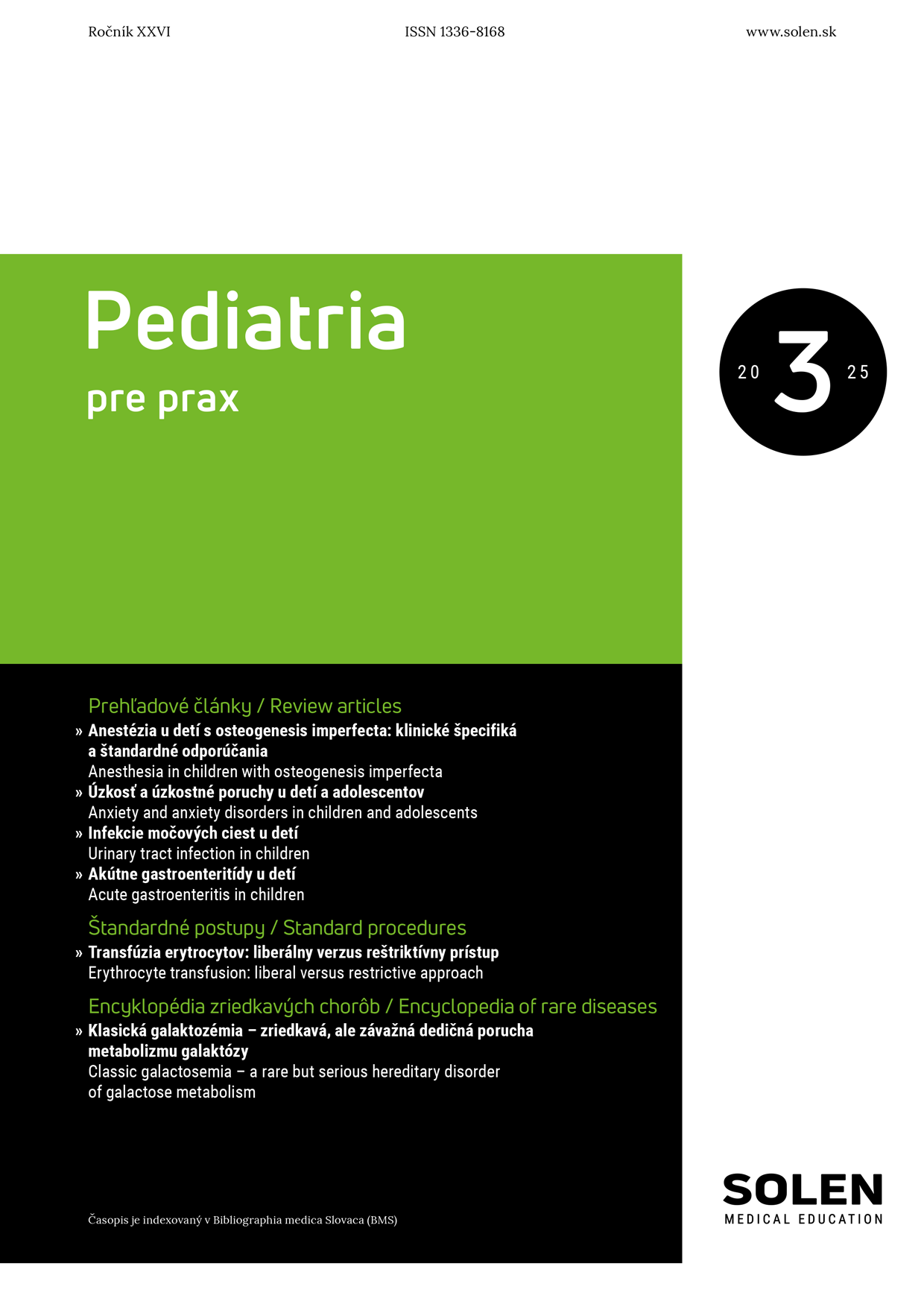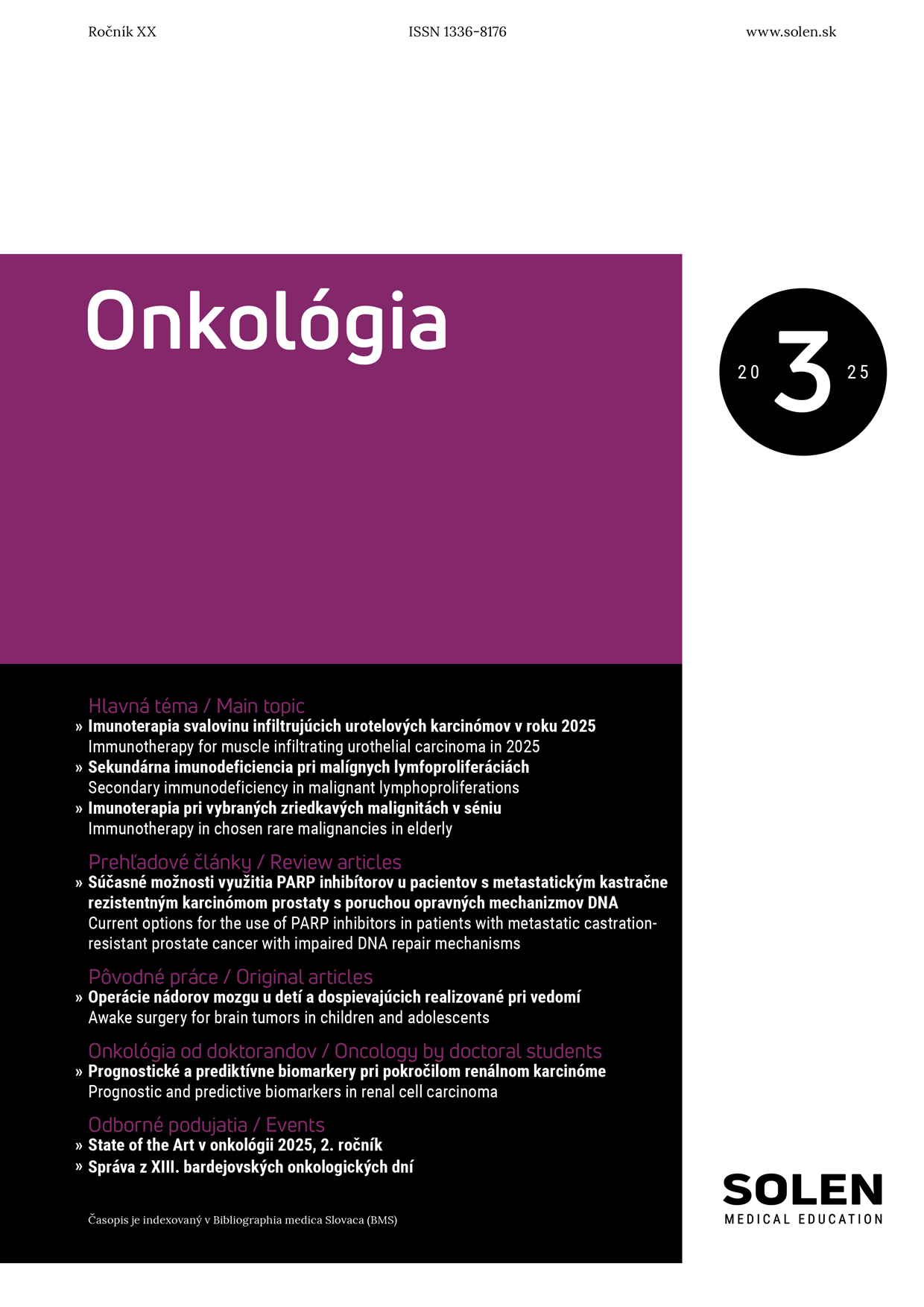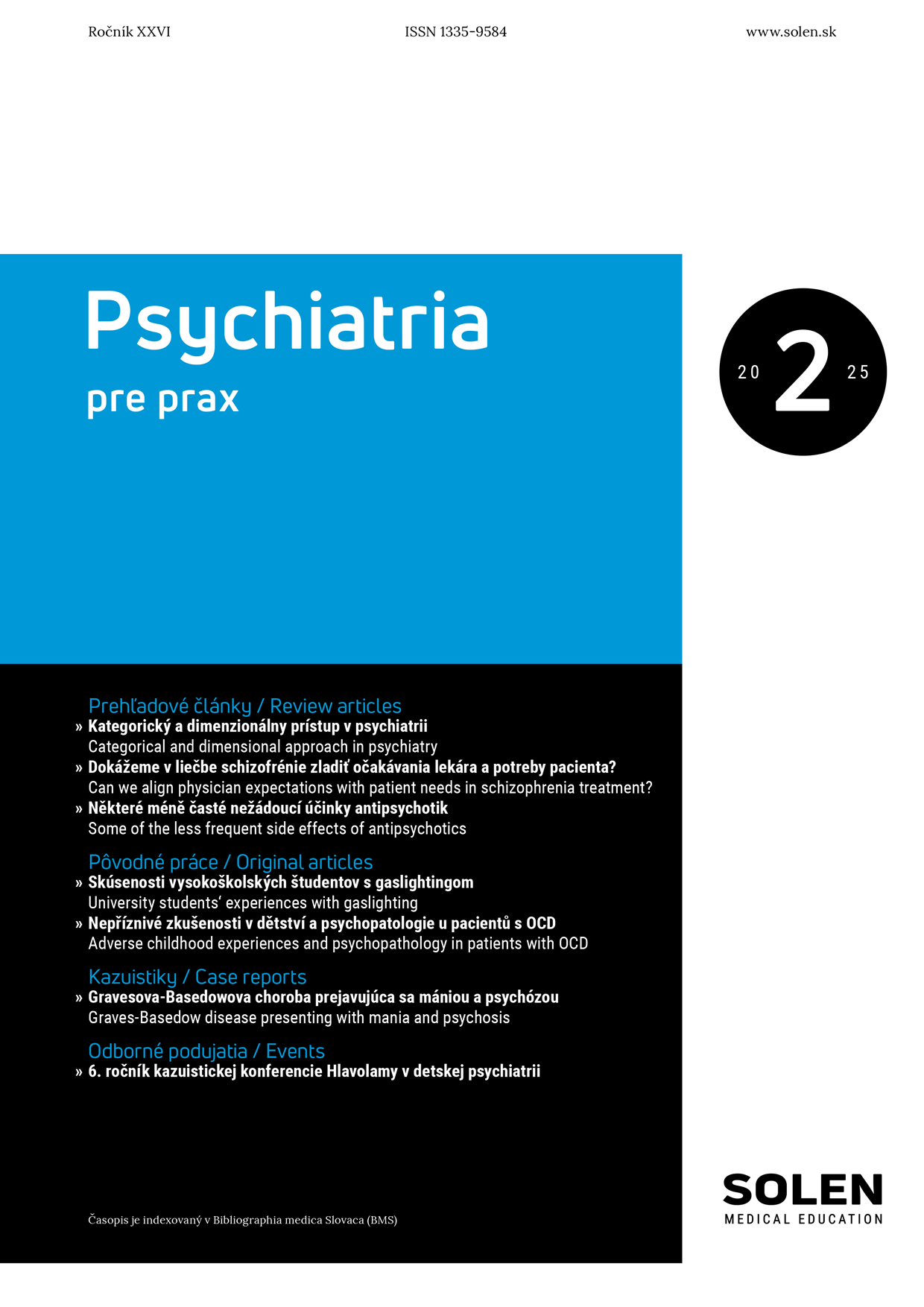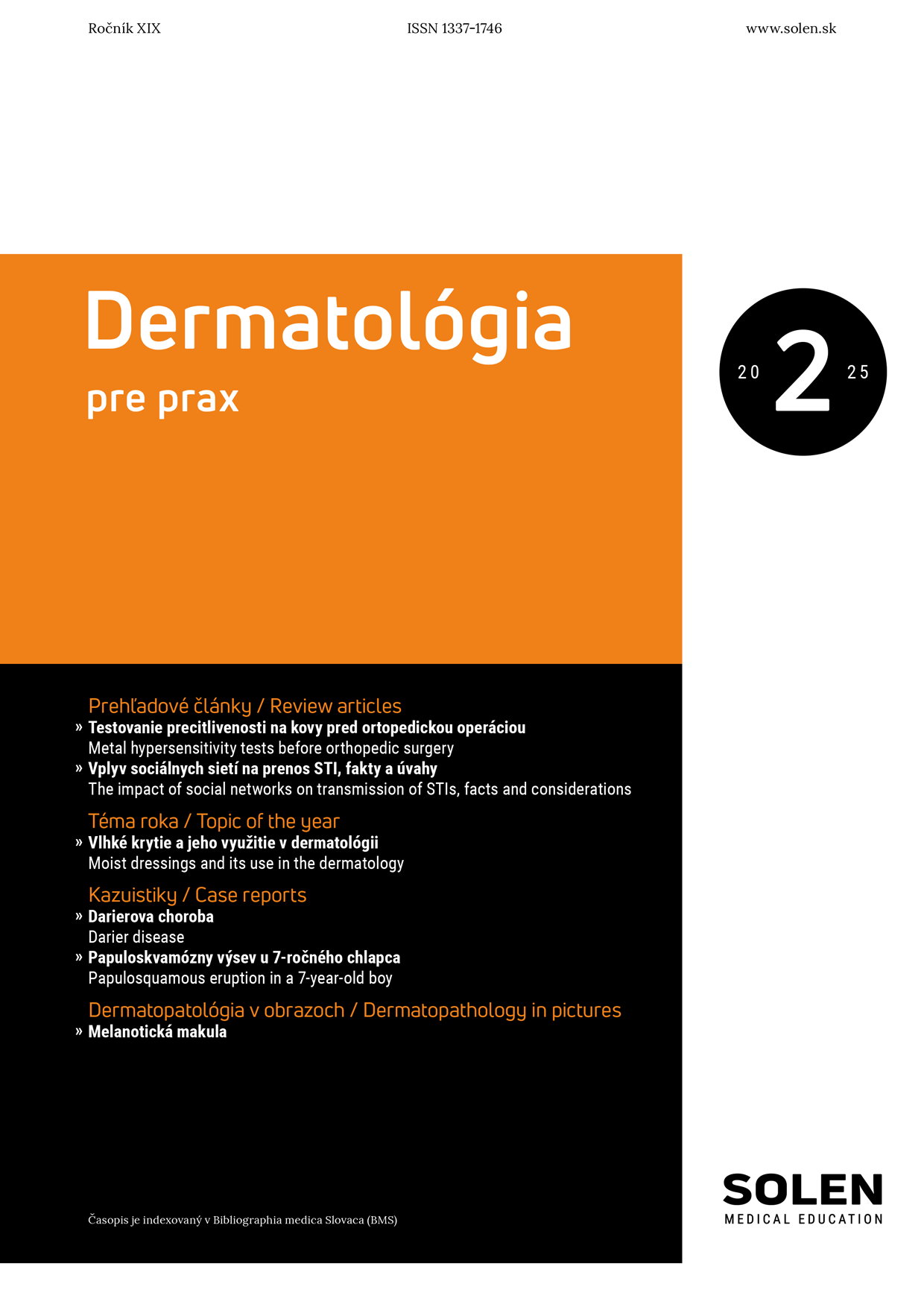The following text expresses standards of ethical behavior of all parties participating in the process of publishing articles in Solen, s.r.o. journals: the author, the editor, the editorial board, the reviewer, the publisher.
The basis for these guidelines is the already existing policy of Elsevier publishing company and The Best Practice Guidlines for Journal Editors issued by the Committee on Publication Ethics (COPE).
Decision-making regarding publishing of articles: The editor of the Solen company journals is responsible for decisions on which of the accepted articles will be published. The final decision on publication lies with the editorial board based on independent, double-blind review reports. The editor acts in compliance with the policy of the editorial board of the journal and with the legislation that comes into effect in the case of libel, copyright infringement, and plagiarism. The editor may consult their decisions with the editorial board or with the reviewers.
Fair play: The editor evaluates the manuscript according to its intellectual content regardless of race, gender, sexual orientation, religious beliefs, ethnical origin, citizenship and nationality, or the authors` philosophies.
Discrecy/secrecy: Neither the editor nor any member of the editorial board is allowed to disclose any information on the received manuscript to anyone else than to the respective author, the reviewer, potential reviewers, other editorial advisors and to the publisher.
Review reports: A double-blind review process helps to increase the scientific quality of the articles and helps the editor in making decisions on inclusion of the article for publication.
The reviewer`s eligibility: The reviewer should notify the editor if they do not feel sufficiently qualified for the article evaluation, and thus excuse themselves from the review process.
Discrecy/secrecy: Every manuscript received for a review must be regarded as a confidential document and must not be shown nor discussed with persons not involved in the publishing process.
Objectivity: Reviews must be carried out objectively. Personal critical statements against the author`s personality are not acceptable. The reviewers are to state their opinions clearly and back them up with relevant arguments.
Disclosure and conflicts of interest: Information or ideas and thoughts attained from the reviews must be regarded as confidential and must not be used for personal benefit. The reviewers should not evaluate a manuscript in which a conflict of interest occurs, rising from competitivness, created in cooperation or other relationship or connections with the author, company, or institutions connected with the article.
Quality of the article: Each article must include detailed information and references that enable the reader to replicate the data. An article based on a research must include an exact record of the presented piece of work as well as an objective discussion of its significance. The condition for publishing clinical research is that the methods used must comply with the ethical principles of the Declaration of Helsinki and are approved by a relevant ethical committee. The same rules must be respected also by a work based on experiments on animals. Improper or knowingly inaccurate statements mean unethical behavior and are not acceptable.
Originality and plagiarism: Only original works and articles, which have not been published anywhere else yet, nor have they been sent for publication to any other journal, are accepted for publication. If the author uses a work or words of any other author, this must be properly cited. If a picture documentation published anywhere else is re-printed, the original source must be cited and a written consent of the owner of the exclusive rights must be properly presented. Any form of plagiarism represents unethical publication behavior and will not be acceptable.
Multiple, redundant or concurrent publication: Generally speaking, the author should not publish a manuscript describing the same research in more than one journal or an original publication. Accepting the same manuscript into more than one journal shows unethical behavior and is not acceptable.
Acknowledgment of sources: Authors should cite those publications that might be significant for determining the nature of the article. Information gained on a personal basis, eg. in a conversation, correspondence, in a discussion with third parties, cannot be used or published without the statement (written consent) of the source.
Authorship of the article: The authorship should only relate to those who significantly contributed to the concept, design, execution, or interpretation of the presented study or article. All those who contributed to the article or study should be cited as co-authors. Those who participated in partial and important aspects of the particular project (research, article) should be cited or recorded as contributors. The author will ensure that all suitable co-authors are included in the article and that they have approved the final version and agreed on its submission for publication.
Conflicts of interest: In their manuscript, the authors must state all the financial or other significant conflicts of interest that could be interpreted as impacting the results or interpretation of the manuscript. All the resources of the financial support must be disclosed.
Fundamental errors in published works: If the author finds a significant error or inaccuracy in their published work, it is their duty to notify the fact to the editor immediately and to become involved in removal or correction of the article.

















